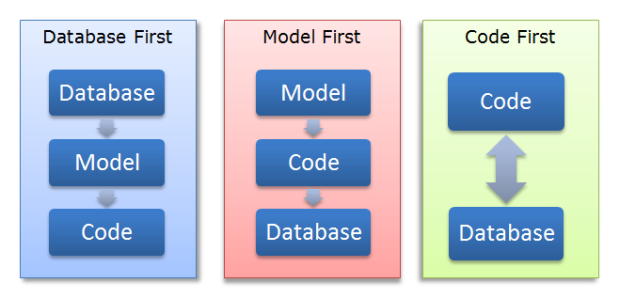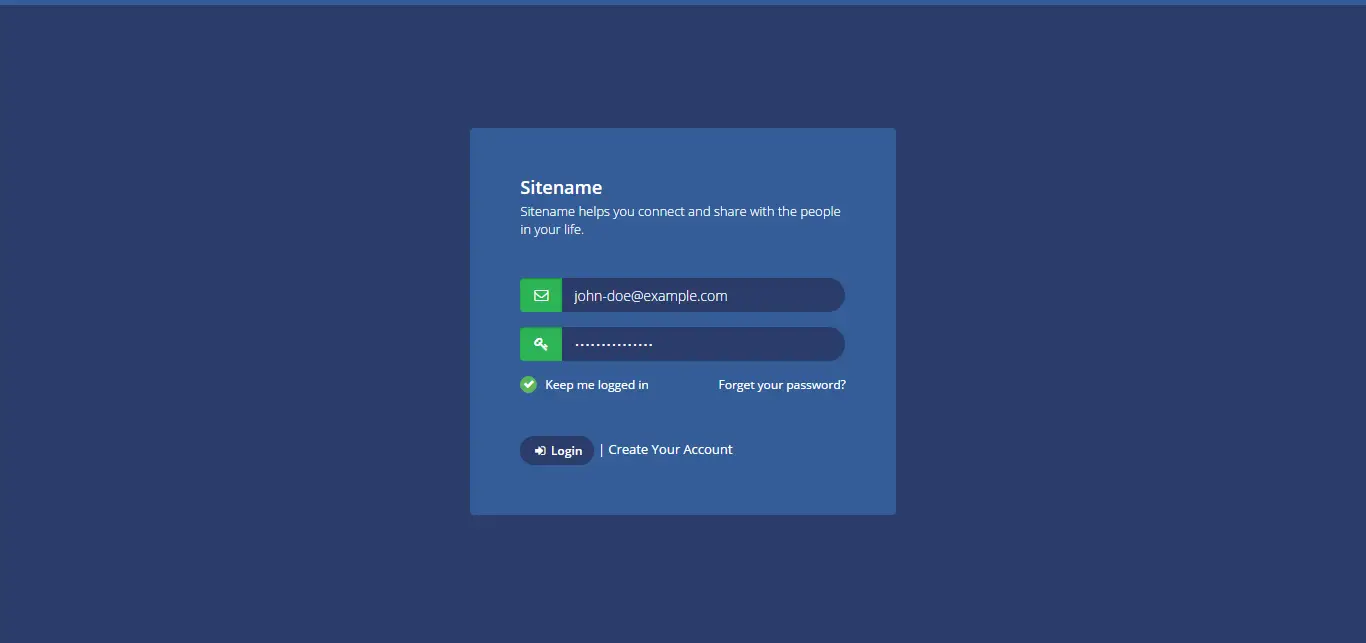Implementing Security in WCF
By Tan Lee Published on Feb 28, 2025 198
This article delves into the security features of Windows Communication Foundation (WCF), a secure, reliable, and scalable messaging platform introduced in the .NET Framework 3.0.
WCF supports multiple protocols such as TCP, HTTP, and MSMQ, making it essential to establish security policies to protect messages, authenticate users, and authorize calls. WCF provides a flexible and configurable environment to implement security, offering the following security modes:
Message Security:
Message security uses the WS-Security specification to encrypt and sign messages, ensuring end-to-end security. This method is ideal for scenarios where the client is deployed over the internet, as it allows secure communication over plain HTTP.Transport Security:
Transport security relies on protocol-level encryption, providing point-to-point security. It is best suited for intranet environments due to its performance advantages and protocol-specific limitations.TransportWithMessageCredential:
This hybrid approach combines the strengths of both message and transport security. Credentials are passed within the message, while the transport layer ensures message protection and server authentication.
Step-by-Step Implementation of TransportWithMessageCredential
Step 1: Create Certificates
To begin, generate server and client certificates using the makecert.exe tool:
makecert.exe -sr CurrentUser -ss My -a sha1 -n CN=CertTestServer -sky exchange -pe makecert.exe -sr CurrentUser -ss My -a sha1 -n CN=CertTestClient -sky exchange -pe
After generating the certificates, use the Microsoft Management Console (MMC) to move them to the "Trusted People" folder for both the server and client.
Step 2: Configure Web.config
Configure the WCF service to use TransportWithMessageCredential in the web.config file:
<bindings>
<wsHttpBinding>
<binding name="SecureBinding">
<security mode="TransportWithMessageCredential">
<message clientCredentialType="Certificate" />
</security>
</binding>
</wsHttpBinding>
</bindings>
<behaviors>
<serviceBehaviors>
<behavior name="SecureServiceBehavior">
<serviceMetadata httpGetEnabled="true" />
<serviceDebug includeExceptionDetailInFaults="false" />
<serviceCredentials>
<clientCertificate>
<authentication certificateValidationMode="PeerTrust" />
</clientCertificate>
<serviceCertificate findValue="MySecureServer" storeLocation="CurrentUser" storeName="TrustedPeople" x509FindType="FindBySubjectName" />
</serviceCredentials>
</behavior>
</serviceBehaviors>
</behaviors>Step 3: Implement the Service Interface
Define the service interface and implement the logic to authenticate and authorize users:
[ServiceContract]
public interface IBookService
{
[OperationContract]
List<Book> GetAllBooks();
}
public class BookService : IBookService
{
public List<Book> GetAllBooks()
{
// Check if the client is authenticated
if (!OperationContext.Current.ServiceSecurityContext.PrimaryIdentity.IsAuthenticated)
{
throw new SecurityException("Client is not authenticated.");
}
// Fetch and return book data
var books = new List<Book>
{
new Book { Title = "WCF Security Essentials", Author = "John Doe", Genre = "Technical" },
new Book { Title = "Mastering .NET", Author = "Jane Smith", Genre = "Programming" }
};
return books;
}
}Step 4: Consume the Service
Create a client application and add a service reference to consume the WCF service:
var client = new BookServiceClient();
client.ClientCredentials.ClientCertificate.SetCertificate(
StoreLocation.CurrentUser,
StoreName.TrustedPeople,
X509FindType.FindBySubjectName,
"MySecureClient");
var books = client.GetAllBooks();
foreach (var book in books)
{
Console.WriteLine($"Title: {book.Title}, Author: {book.Author}");
}By following these steps, you can effectively implement WCF security to safeguard your data and ensure secure communication in client-server environments. Whether deploying over the internet or within an intranet, WCF provides the tools and flexibility to meet your security needs.





